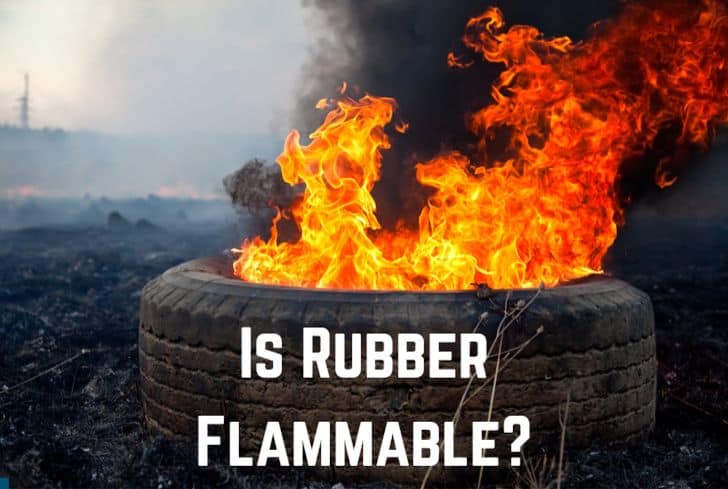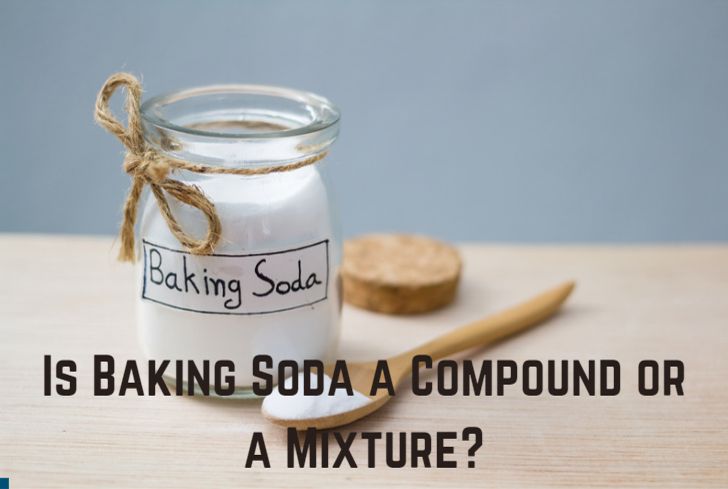Does Sand Absorb Water? (Answered)

Have you ever questioned why sandy beaches, particularly those near water, are never soggy? The wind pushes water to the beach even on a cloudy day, but the sand doesn’t stay moist. Does sand absorb water?
We’ll answer it as one of the questions in this article. We discuss whether sand dissolves in water and whether sandbags can absorb water. Also, you’ll discover which soil absorbs more water from the two—sand or soil—and which soil does better.
Read: Does Concrete or Cement Absorb Water?
Does Sand Absorb Water?
Sand absorbs water. They are 0.2 to 2 mm-diameter mineral and rock particles. However, the composition varies depending on the location and origin of the rocks. The porous sand particles have a lot of air spaces in between. When you pour water into the sand, it fills all the areas. Sand has a low water absorption rate, which reduces soil moisture and groundwater accumulation.
Sandy soils have good drainage. By draining extra water, they are fantastic at keeping plants from drowning. For plants that are moisture-sensitive and desert plants, sandy soils are ideal. With indoor plants, most people also use sand to prevent overwatering. Plants prone to root rot when planted on sandy soils will thrive.
Some recommend sand addition as a way to enhance soil drainage. It is added to the soil to help break it up and create air spaces for water. Sand alone cannot be used in a garden because it will drain all the water and nutrients. To increase drainage, combine sand with another kind of soil.
How Does Sand Absorb Water?
Sand particles are large, have a low surface area, and are highly porous. The capability of a substance to transport air and water is known as permeability. Water can easily pass through the sand because of its high permeability rate. Due to the particles’ low surface area, only a few water molecules can cling to the sand.
When molecules, ions, or atoms of one material cling to the molecules of another substance, absorption takes place. A substance absorbs water at a rate determined by the surface area of its particles and total permeability. For instance, sand has a higher permeability and a smaller surface area due to its large particle size.
As a result of most of the water draining down through the spaces, sand has a low rate of water absorption. If you pour water into the sand, the small airholes in the sand particles will often fill up with water. Sand quickly warms up and dries, so it does not retain moisture for long.
There are three types of sand, and it’s essential to know if and how quickly they absorb water:
- Medium grain sand: It has grains between 0.42 mm to 2.0 mm in size, which are medium fine. Only enough water remains in the sand for aeration and absorption. Excellent for brickwork because it is well-graded and free of impurities like silt. Moreover, it is the sand of choice when plastering walls.
- Small grain sand: The grain size is between 0.075 and 0.425mm, making it fine sand. The sand is popular for backfilling utility pipelines, particularly water, gas, electric, and trench pipes. Moreover, you can use it to fill sandbags.
- Masonry sand: It has fine thin particles with a grain size of 2.0 mm to 4.75mm. The sand is popular for construction and landscaping.
Does Sand Dissolve in Water?
Water cannot break up the sand molecules; hence sand can not dissolve. Sand is formed when various materials combine, including silicon dioxide, granite, mica, gypsum, and other minerals and organic matter. SiO2(Silicon dioxide) has a crystalline structure so strong that water cannot separate the tightly packed molecules inside it.
A substance must have molecules that are easily separated by water for it to dissolve in water. Then, water envelops each molecule of the substance. The molecules are no longer visible to the naked eye as they become too small. The substance’s particles reassemble after the water evaporates.
Only water can separate polar particles, and silicone dioxide is not polar. Sand will float on the surface of the water before sinking. It has a very small water-holding capacity—just 0.03%. Large sand particles make it challenging for water molecules to remain in them.
Do Sandbags Absorb Water?
Sandbags absorb water. However, other substances entrenched in the sand absorb the water, not the sand itself. Sand is placed inside polypropylene bags to make sandbags. Most people use sandbags to fend off floods. Clay, silt, and other materials comprise most of the floodwater. These materials become trapped between the sand grains as the flood water flows over the sandbags.
The materials make the sandbags heavier and muddier. Water cannot flow through the muddy sandbags, especially if one of the components is clay. The primary use of sandbags is to redirect moving water. Moreover, they direct current flows to particular places and to prevent levees from covering the stream.
Sandbags are a temporary fix for flooding since they degrade after being out in the elements for a while. Water will eventually leak through the bags due to repeated wetting and drying, and finer elements like clay will seep through the seams.
Does Sand Absorb Water Better Than Soil?
Sand does not absorb water as well as soil. Compared to the soil, sand particles have a lower surface and higher permeability. The size of the substance particle affects the rate of water absorption. Soil particles have a greater surface area and poor permeability. Moreover, sand has bigger pores than soil.
Sand particles have a higher porosity level, which speeds up water drainage. The particles of clay and loam are smaller than sand and prevent water from flowing through them easily.
The quantity of organic matter affects the soil’s ability to absorb water. Water is naturally attracted to organic matter. Sand has very little organic matter, but clay soil is rich. Moderate levels of organic matter are present in silt and loam.
Since water quickly sinks into the sand, it has a low retention capacity. Silt and loam soils offer a medium retention capacity, while clay soils have the best retention capacity. Sand can no longer absorb more water after all its pores are full.
Which Soil Absorbs More Water?
Compared to sand and loam soil, clay soil is said to absorb more water. Because of its fine texture and tiny particles, clay soil becomes easier for water to stick to. In clay soil, plants cannot grow because the water prevents them from obtaining nutrients. Clay soil’s fine texture prevents water from flowing through.
Among all soil kinds, clay particles are the smallest and are hard to see, not even under an ordinary microscope. Since the particles are closely bound, water cannot easily move through them. Because the soil is so dense, there are few airflows. The capacity of clay soil to retain water is so high that it doubles the clay volume.
Sand, silt, and clay are found in loam soil, evenly distributing water absorption. Clay soil stores nutrients and water for plant roots. Clay doesn’t clump together since the soil drains thanks to the sand and silt properly.
Read: Does Salt Absorb Water?
FAQs
Is sand a solute or a solution?
Sand is neither. A material that dissolves in water is known as a solute. Sand is not a solute because it does not dissolve in water. A liquid mixture known as a solution has equally distributed solutes. Sand is unable to disperse evenly in any liquid.
Sand, on the other hand, is a mixture of several substances that do chemically bond together. It is simple to isolate the components from one another. Also, they maintain their original qualities.
Is sandstone permeable?
Sandstone is permeable. Gases and liquids can easily pass through because of this. Sand-sized silicate granules make up sandstone. Sandstone makes up 20–25% of the composition of all sedimentary rocks. Most of those rocks are porous enough to store much water while allowing water to pass through them and filter it.
Sandstone is perfect for building pipes since it can pass through oil and gas. Sandstone also makes TV screens, computer chips, fiberglass, construction stones, and surface liners.
Why is wet sand heavier than dry sand?
Wet sand is heavier because it combines water mass between sand particles and sand mass. Dry sand only has its mass and air mass between the sand particles. Dry sand weighs approximately 100 pounds (45 kg) per cubic foot, while wet sand weighs between 120 and 130 pounds (54 to 58 kg) per cubic foot.
Conclusion
Sand particles are large, porous, and have a low surface making it easier to absorb water. However, its low retention rate makes it unsuitable for most plants. However, a few plants will do well in sandy soils, such as desert plants, moisture-sensitive plants, and those whose roots rot.
Clay, however, does a better job of absorbing water than sand. It has small particles and is not very porous, making it one of the soils with the highest water retention rate. Laom and silt soils have a moderate water absorption rate.






